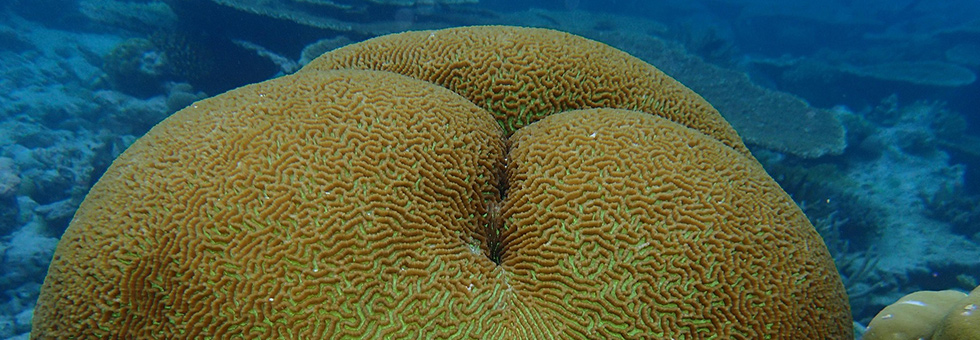Photo: Cabeza Coral / Pixabay.
Authors: Karen L. Neely, Rachel M. Morgan, Keri L. O’Neil, Nikkie Cox, David S. Gilliam, Michelle B. Mair, Brian K. Walker, Amanda Zummo, Cailin Harrell, Ananda Ellis.
Summary
The population of pillar coral, Dendrogyra cylindrus , in Florida was decimated from 2013 to 2020, primarily by the emergence of stony coral tissue loss disease (SCTLD). Monitoring of survivors from 2021 to early 2025 showed that the population underwent an additional 96% decline in live tissue, a 78% loss in living colonies, and a 55% loss of genotypes. SCTLD continued to be the primary cause of these losses. Although some surviving tissue isolates exhibited small amounts of growth, the population remains extremely small, with only an estimated 9.6 m2 of tissue remaining on 23 colonies (15 genotypes). Additionally, the colonies are far too dispersed to successfully fertilize spawned gametes. Further declines in the population since 2020 highlight the instability of the remnant population and underscore the value of the pillar coral rescue program and ongoing propagation efforts. As of February 2025, eight different in situ and ex situ facilities were caring for rescued D. cylindrus .
Experimental fragmentation at one in situ nursery identified variable, but continually improving, growth rates across multiple fragmentation events. Sexual propagation efforts at an ex situ nursery documented 105 different rescue fragments spawning over 5 years. The smallest fragment was 9 cm × 7 cm × 9 cm, suggesting a potential “minimum colony size” for this species to have reproductive capacity. During these spawning events, 82 juveniles were being raised ex situ in early 2025. Two of these sexually propagated juveniles spawned 6 years after settlement, thus establishing a potential minimum age for reproduction.
Source:
Press release link: Status of Florida’s pillar coral population: in situ declines and ex situ successes
Photo ©: Pixabay
Copyright © 2025 Coral MAR. All rights reserved.



